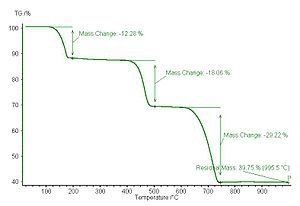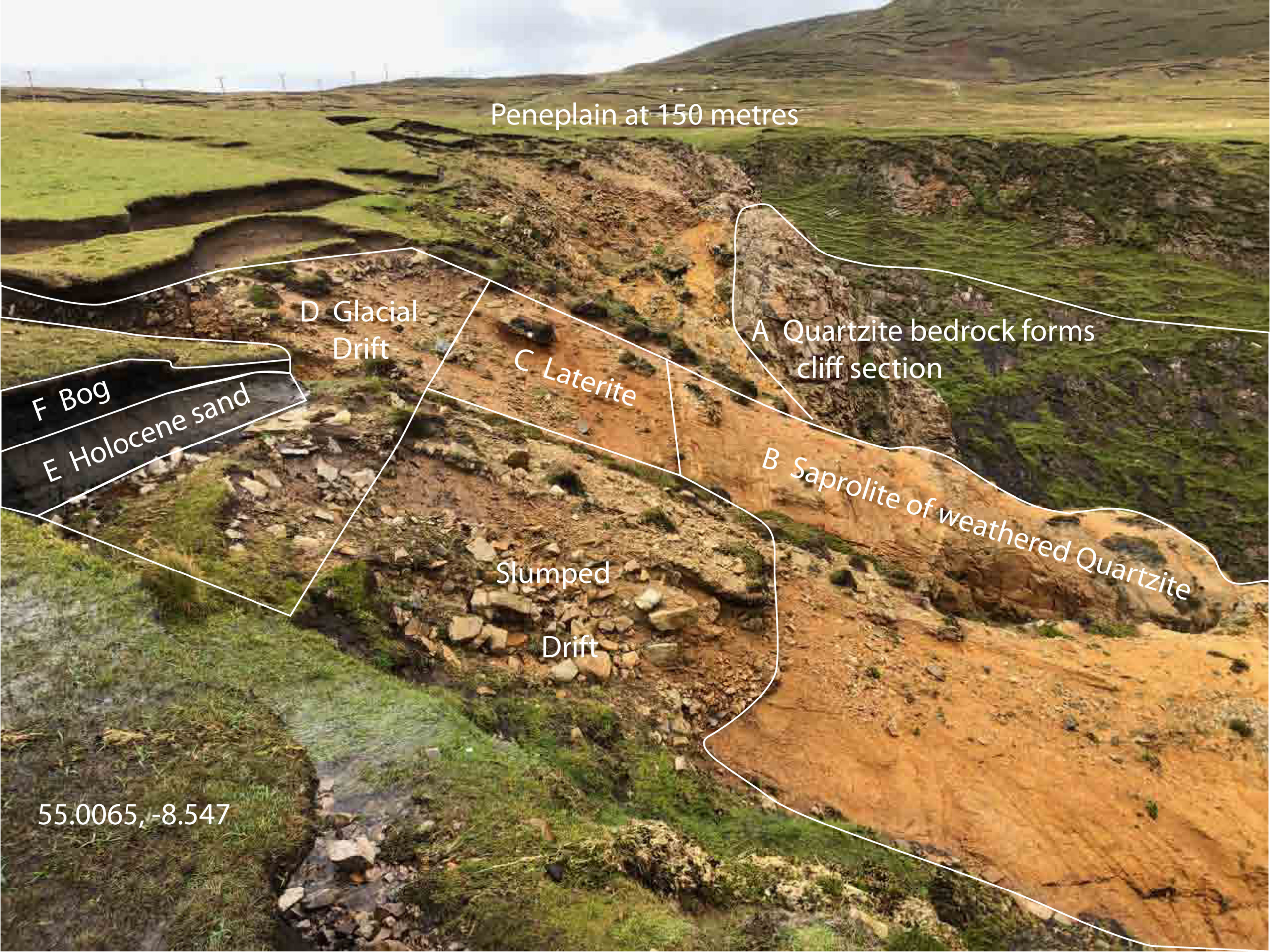

Weddellite (CaC2O4·2H2O) is a mineral form of calcium oxalate named for occurrences of millimeter-sized crystals found in bottom sediments of the Weddell Sea, off Antarctica. Occasionally, weddellite partially dehydrates to whewellite, forming excellent pseudomorphs of grainy whewellite after weddellite’s short tetragonal dipyramids. It was first described in 1936 but only named in 1942.
Structural properties
Weddellite, or calcium oxalate dihydrate, crystallises in a tetragonal system: the classic crystal shape is the eight-face bipyramid. Using bright field microscopy, the weddellite crystals are recognised easily by their shape, reminiscent of a postal envelope. More complex shapes of weddellite are possible; the dumbbell shape is not rare and has no precise angles or sides. This form is, in reality, a microcrystalline agglomerate that takes the shape of a biconcave disc. Weddellite crystals are poorly birefringent and do not show any interference pattern under polarised light.
Biological role
Weddellite crystals are usually of little clinical value. Together, whewellite and weddellite are the most common renal calculi.
Occurrence
Weddellite occurs as authigenic crystals in sea floor mud. It also has been reported in peat bearing sediments and in calcite-bearing lacustrine sediments. It occurs with whewellite, urea, phosphammite and aphthitalite.
If oxalic acid is used to clean any mineral sample that contains calcium, weddellite and whewellite may be produced on the sample.
Whewellite

Whewellite is a mineral, hydrated calcium oxalate, formula Ca C2O4·H2O. Because of its organic content it is thought to have an indirect biological origin; this hypothesis is supported by its presence in coal and sedimentary nodules. However, it has also been found in hydrothermal deposits where a biological source appears improbable. For this reason, it may be classed as a true mineral.
Whewellite, or at least crystalline calcium oxalate, does also arise from biological sources. Small crystals or flakes of it are sometimes found on the surfaces of some cacti, and kidney stones frequently have the same composition.
Whewellite was named after William Whewell (1794–1866), an English polymath, naturalist and scientist, professor of moral philosophy at Cambridge and inventor of the system of crystallographic indexing.
Heat decomposition

Whewellite is used as a thermogravimetric analysis standard due to its well-known decomposition temperatures and products.
See also
- List of minerals recognized by the International Mineralogical Association
- List of minerals named after people
Bibliography
- Palache, P.; Berman H.; Frondel, C. (1960). “Dana’s System of Mineralogy, Volume II: Halides, Nitrates, Borates, Carbonates, Sulfates, Phosphates, Arsenates, Tungstates, Molybdates, Etc. (Seventh Edition)” John Wiley and Sons, Inc., New York, pp. 1099-1101.
References
- Warr, L.N. (2021). “IMA–CNMNC approved mineral symbols”. Mineralogical Magazine. 85 (3): 291–320. Bibcode:2021MinM…85..291W. doi:10.1180/mgm.2021.43. S2CID 235729616.
- Weddellite on Mindat.org
- Weddellite in the Handbook of Mineralogy
- Weddellite data on Webmineral
- Warr, L.N. (2021). “IMA–CNMNC approved mineral symbols”. Mineralogical Magazine. 85 (3): 291–320. Bibcode:2021MinM…85..291W. doi:10.1180/mgm.2021.43. S2CID 235729616.
- Whewellite: mindat.org
- Webmineral.com
- Handbook of Mineralogy
- Tazzoli, V.; Domeneghetti, M.C. (1980). “The crystal structures of whewellite and weddellite: re-examination and comparison”. American Mineralogist. 65: 327–334. Retrieved 31 December 2020.
Wikimedia Commons has media related to Whewellite.









